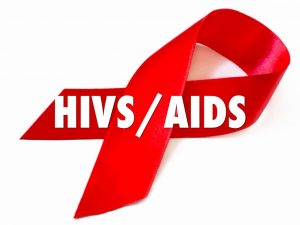
Solid lumps of pigment material or cholesterol crystals are formed in the gallbladder, which leads to gallstones. The pouch like gallbladder is located under the liver and stores bile, a liquid produced by the liver. Once a person consumes food, the gallbladder releases bile to help digestion of fats. Cholesterol and other fatty components sometimes do not dissolve in the bile easily. When quantity of these substances increase in the bile, concentration takes place and solid crystals are formed. Gallstones also termed as cholelithiasis are formed when the solid crystals clump together. Depending upon which bile component has solidified gallstones of different sizes ranging from sand-like tiny particles to more than 4 centimeters in diameter may form.
People suffering from destruction of red cells or chronic liver disease are at greater risk of developing gallstones. As compared to men, women between age 20-60 are more likely to develop gallstones. Also women who have had multiple pregnancies can develop gallstones. With obesity and age, incidence of gallstones does increases.
What is the cause of a gallbladder attack?
Symptoms of having gallstones include gallbladder inflammation, severe pain in the abdomen and yellowing of eyes and skin. Some patients may not experience any symptoms and are said to have ‘silent gallstones’.
Ultrasound and X-rays are ways to diagnose gallstones. No treatment is required for ‘silent gallstones’. People with symptomatic gallstones are treated with several therapies. General anesthesia is given for removal of gallbladder and gallstones, by surgical methods. Open cholecystectomy and laparoscopic cholecystectomy are other surgical procedures for removing gallstones. To prevent formation of gallstones, it is best to maintain ideal body weight as obesity is one risk factor of developing gallstones. No specific diet needs to be followed for gallstone disease.








